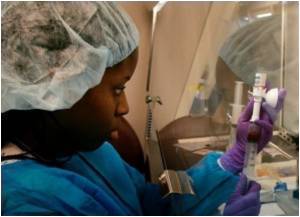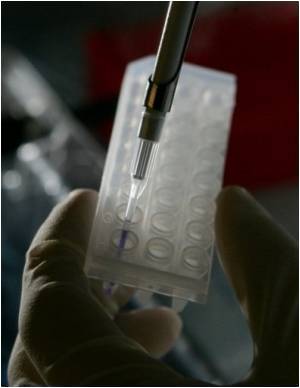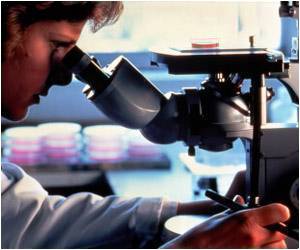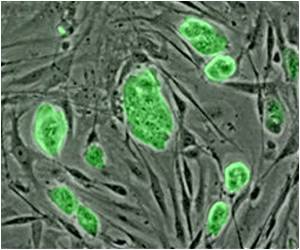An international team has solved a key mystery in cancer research: What allows some malignant cells to circumvent the normal process of cell death that occurs when chromosomes get too old to maintain themselves properly?

"We have identified a gene that, as cells age, seems to regulate whether the cells become cancerous or not," Hendrickson said. "This gene has never been identified before in this role, so this makes it a potentially very important therapeutic target."
As cells divide their telomeres — the DNA "caps" that protect the ends of chromosomes from damage — shorten, leaving the chromosomes vulnerable to sticking to each other. In normal cells, this chromosome stickiness is a death knell — a signal to defective-cell cleanup crews to move in and finish them off. Malignant cells, however, are somehow able to elude the cleanup crews.
The current research, published in the August 7 issue of the journal Cell Reports, identifies an essential component that allows older cells to evade death. Using sophisticated gene-targeting techniques to disable particular genes in human cells and then studying the impact on telomere fusion, the researchers found that cells escaped death only when the gene Ligase 3 was active but not when its action, which appears to promote fusion within like chromosomes rather than between different chromosomes, was blocked.
"Telomere dysfunction has been identified in many human cancers, and as we have shown previously, short telomeres can predict the outcome of patients with [chronic lymphocytic leukemia] and probably many other tumor types," said Baird. "Thus, the discovery that Ligase 3 is required for this process is fundamentally important."
Interestingly, the research was made possible by a chance meeting between Hendrickson, who is an expert in using gene targeting to create cells missing key components (such as Ligase 3), and Baird, who is a leading expert in analyzing telomeres. When the two discovered at a scientific conference that they were both looking at the role of Ligase 3 in cancer, they decided to collaborate.
Advertisement
Importantly, additional studies are already underway. In particular, the reliance on Ligase 3 appears, in turn, to be dependent upon the activity of another key DNA repair gene, p53.
Advertisement
Source-Eurekalert














